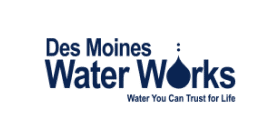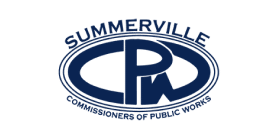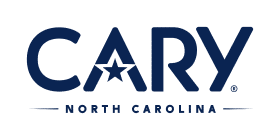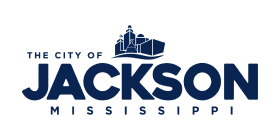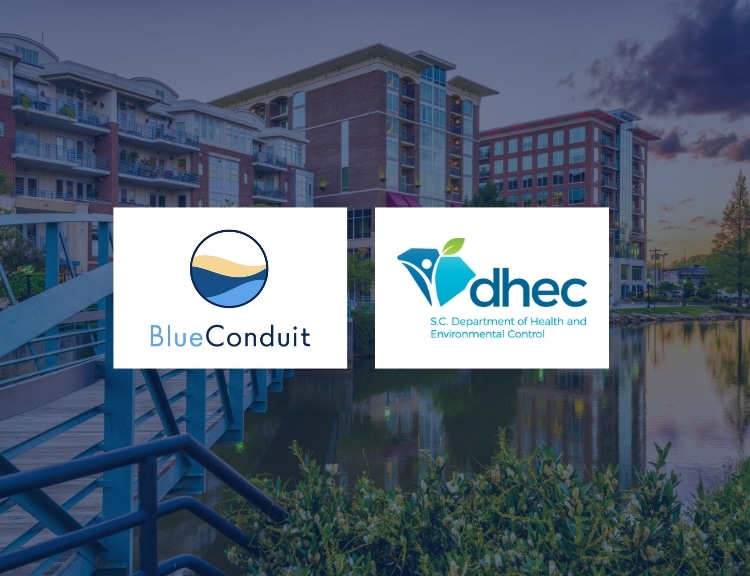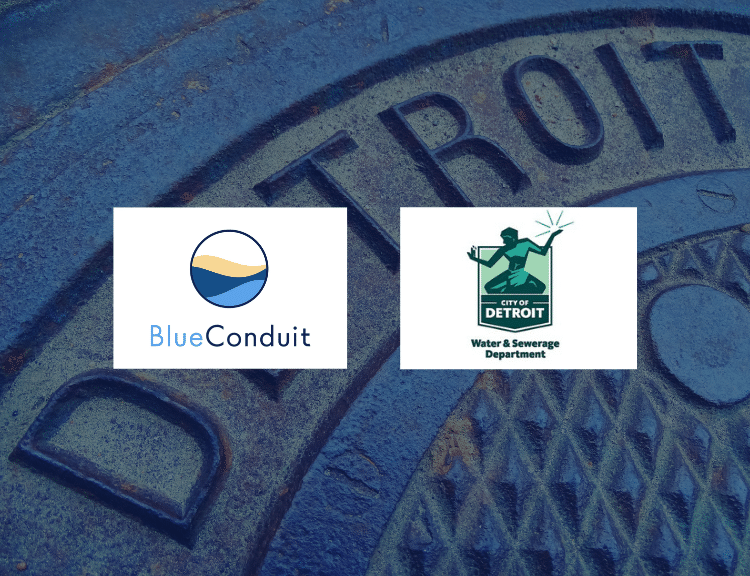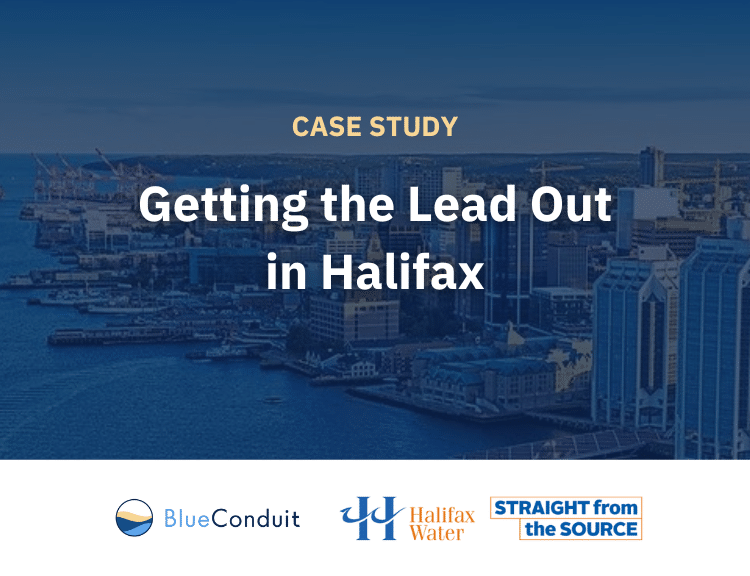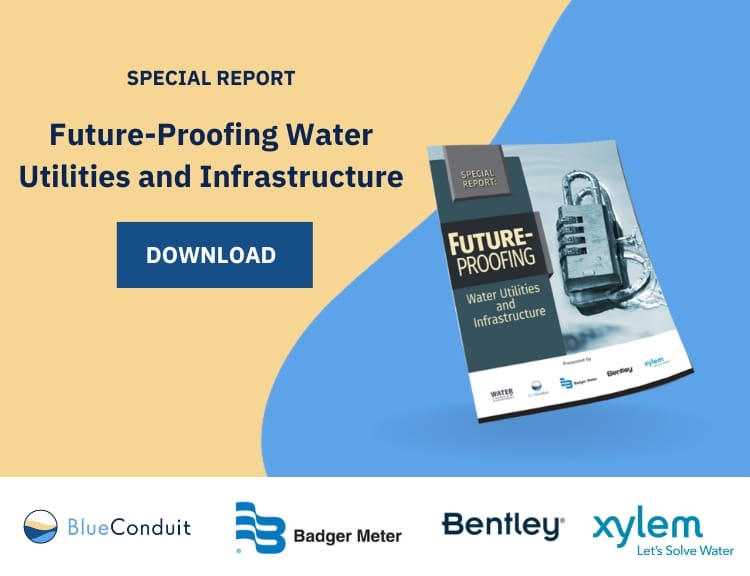Customer Stories
Our technology and expert team have assessed nearly 5 million service lines across more than 300 communities in the United States and Canada, affecting more than 10 million people.
Find out why water system managers, engineering firms, and community leaders and water systems managers love partnering with BlueConduit.
Testimonials
“[W]e are dedicated to using the best tools available to achieve our goals. I’m really excited to see [BlueConduit’s predictive modeling solution] in production and can’t wait to see how it dynamically updates."
Dylan Winger
Utilities Engineering GIS coordinator, Cary Utilities Department
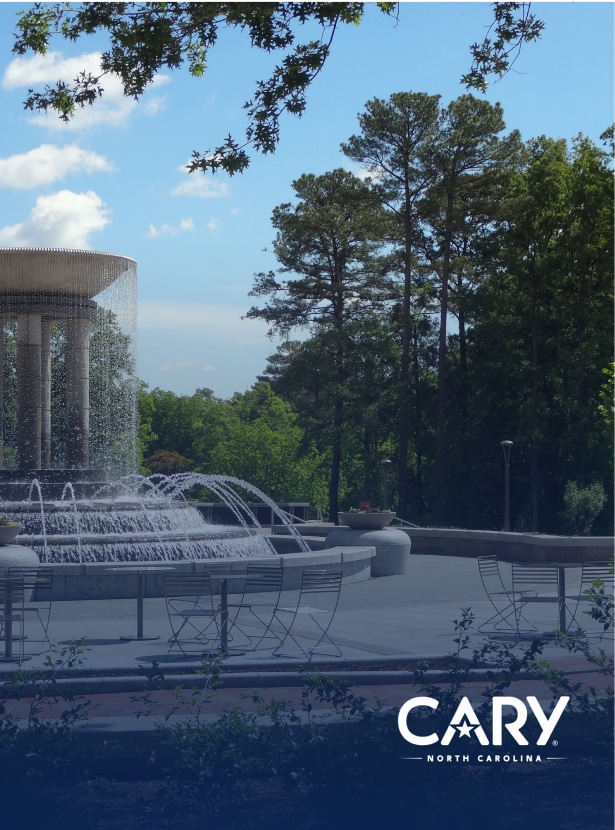
Testimonials
"We want to ensure that we remove the remaining estimated 24,000 LSLs as efficiently, cost-effectively, and equitably as possible, which is why we’ve partnered with BlueConduit."
Trenton Water Works

Testimonials
“I highly recommend BlueConduit to any utility...It is a huge expense to physically verify all service lines. If you want an efficient inventory option, predictive modeling is definitely the way to go.”
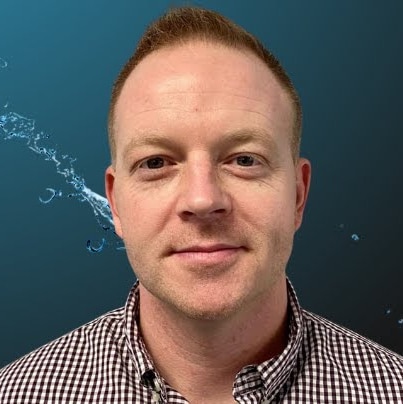
Todd Saums
Commissioner-Water Distribution, City of Toledo
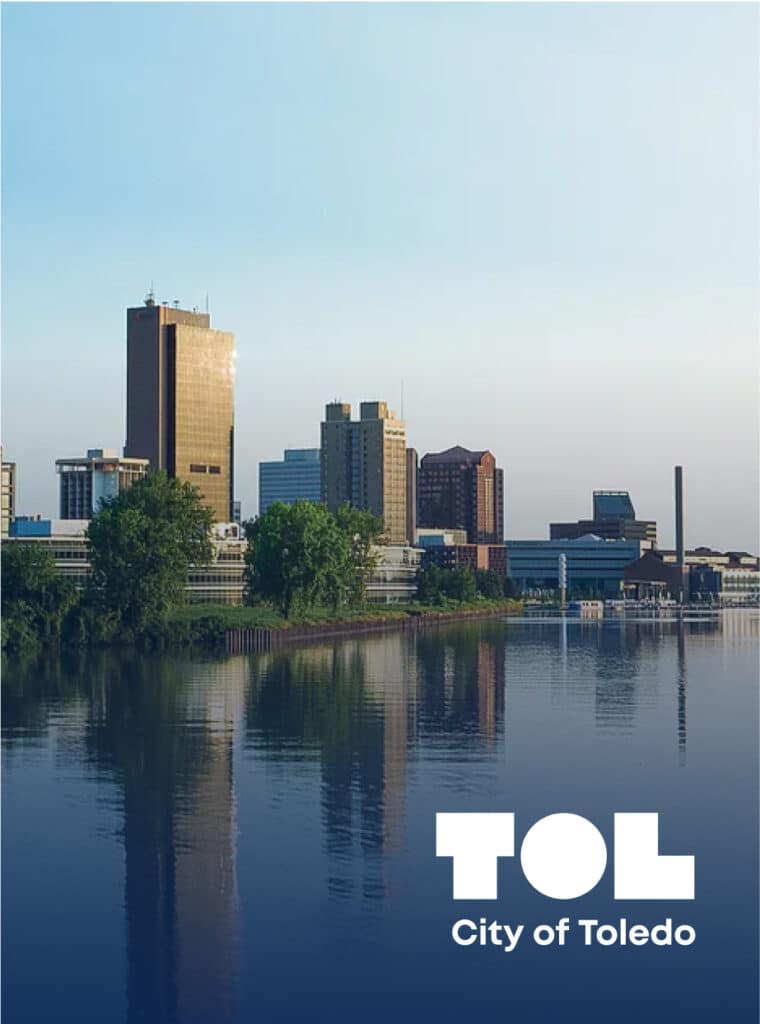
Previous slide
Next slide
Case studies
BLOG
The South Carolina Department of Health and Environmental Control (DHEC) approved BlueConduit’s statistical methods approach to no-lead verification, enabling the Summerville Commissioners of Public Works (CPW) to use statistical analysis to classify unknown service lines as non-lead.
Ready to get started? So are we!
Let’s work together to create a smarter, more resilient water infrastructure.

